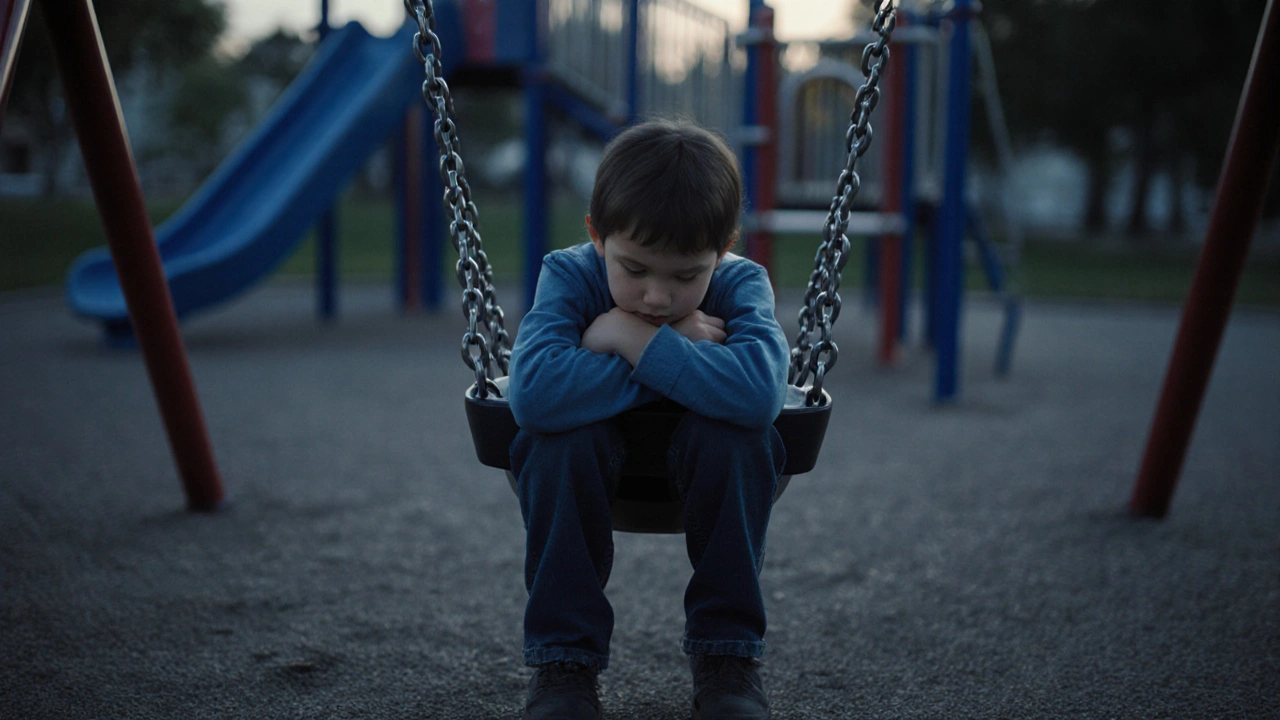CBT – Cognitive Behavioral Therapy Explained
When working with CBT, a short‑term, goal‑oriented form of psychotherapy that helps people identify and change unhelpful thoughts and behaviors. Also known as Cognitive Behavioral Therapy, it combines cognitive and behavioral techniques to improve emotional regulation.
When you hear CBT you might picture a therapist asking you to keep a thought journal. That’s part of it, but CBT also requires active patient participation and focuses on skill‑building. In practice, CBT encompasses cognitive restructuring, exposure exercises, and behavior activation, all aimed at breaking the cycle that fuels distress.
Why CBT Is a Go‑To for Common Mental Health Issues
One of the most frequent conditions that benefit from CBT is Depression, a mood disorder marked by persistent sadness, loss of interest, and impaired daily functioning. CBT helps people with depression challenge negative self‑talk and replace it with realistic thoughts, which can lift mood faster than medication alone. Studies show that patients who combine CBT with antidepressants often achieve remission sooner, highlighting the relationship between therapy and pharmacology.
Another key target is Anxiety, an excessive worry that interferes with everyday life and can trigger physical symptoms like rapid heartbeat. CBT equips anxious individuals with tools such as exposure hierarchy and relaxation training, enabling them to face feared situations without panic. The link between anxiety severity and CBT success is well‑documented: the more a person practices the techniques, the stronger the reduction in anxious thoughts.
Sleep problems often slip under the radar, yet they’re a major complaint in both depression and anxiety. Insomnia, difficulty falling or staying asleep that leads to daytime fatigue, responds well to CBT‑insomnia (CBT‑I). This specialized version teaches stimulus control, sleep restriction, and cognitive restructuring about night‑time worries. By addressing the thoughts that keep the mind racing, CBT‑I breaks the vicious cycle of poor sleep and mood disturbance.
Beyond these core disorders, CBT can be adapted for shift‑work disorder, pregnancy‑related nausea anxiety, and even chronic pain. The common thread is that CBT requires the individual to actively apply strategies outside the therapy room, turning insight into habit. Below you’ll find a curated list of articles that dive deeper into each condition, compare medication options, and offer practical tips for integrating CBT into daily life. Ready to see how CBT fits into your health journey? Explore the resources below for actionable guidance.

Understanding Major Depressive Disorder in Children and Adolescents: Signs, Diagnosis, and Treatment
Explore signs, causes, diagnosis, and evidence-based treatments for major depressive disorder in kids and teens, with practical tips for families and schools.
